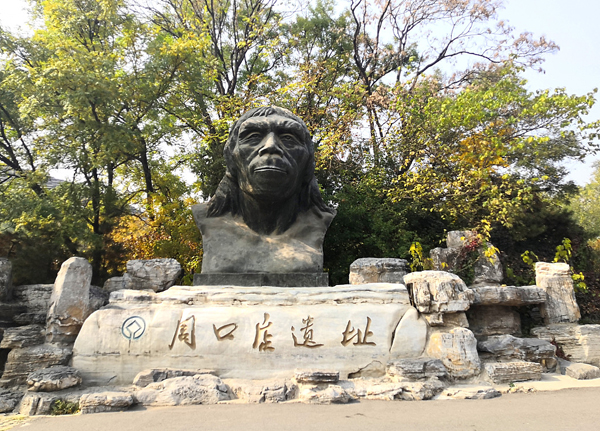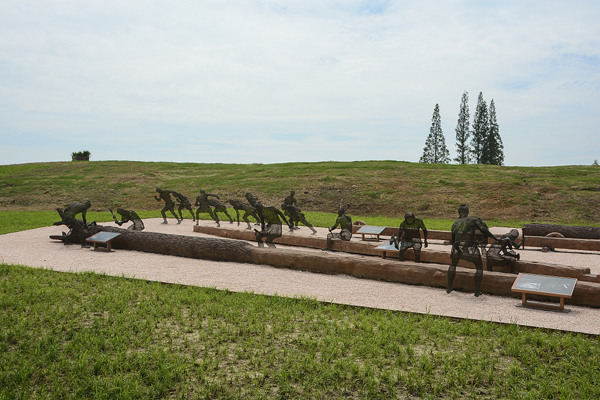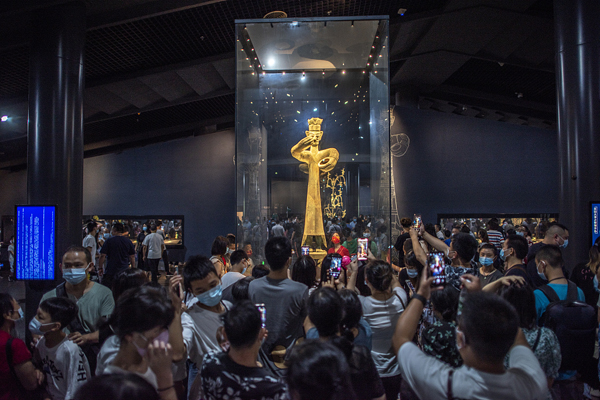China's top 100 archaeological findings in past 100 years unveiled
The third China Archaeological Congress opened on Monday in the city of Sanmenxia, central China's Henan province as the country celebrated the centennial of the establishment of modern Chinese archaeology.
China's National Cultural Heritage Administration (NCHA) unveiled the country's top 100 archaeological discoveries in the past 100 years during the opening ceremony.
Covering 29 provinces, autonomous regions, municipalities, as well as the Hong Kong Special Administrative Region and the Taiwan region, these archaeological sites are divided into eight categories based on the historical periods in which they originated, spanning from the Paleolithic period to the Ming and Qing dynasties (1368-1911). Thirty-three of them, the largest in number, fall under the category of the Neolithic period.
Henan Province is home to the largest number of archaeological sites listed, 14 in total, followed by Shaanxi Province in northwestern China, which has 11.
Some of the familiar names such as Zhoukoudian, Liangzhu and Sanxingdui have made it onto the list.

The Zhoukoudian archaeological site in Fangshan district, Beijing, China. [Photo/CFP]
Zhoukoudian site in Beijing
The Zhoukoudian archaeological site, a UNESCO World Heritage site located in Beijing's suburban Fangshan District, is best known for the discovery of the first skull of Homo erectus called Peking Man that existed 700,000 years ago.
More than 200 human fossils, 100,000 stone tools and a large number of animal fossils have been unearthed at the site, offering important clues on the origin of human beings and human evolution.

Wooden pillars from an ancient palace at the Archaeological Ruins of Liangzhu City are on display in Hangzhou, Zhejiang province, China, July 11. [Photo/CFP]
Liangzhu ruins site in Hangzhou, Zhejiang province
The archaeological site of Liangzhu, hailed as one of the most important heritage sites of the Neolithic Age in China, showcases the Chinese civilization of prehistoric rice agriculture that existed between 3300 BC and 2300 BC.
Tremendous historic features remain. City walls, foundations of large architecture, tombs, altars, residences, docks and workshops have been found inside and outside Liangzhu Ancient City.

People visit the Sanxingdui Museum in Sichuan province, China, Oct 2. [Photo/CFP]
Sanxingdui site in Guanghan, Sichuan province
Some 40 kilometers from Sichuan's provincial capital Chengdu, the Sanxingdui Ruins site is regarded as one of the most important archaeological discoveries in the 20th century. The excavation has lasted for nearly 100 years since the first discovery in the late 1920s.
In 1986, archaeologists found two large-scale sacrificial pits dating back to the Shang Dynasty (1600-1046 BC). Thousands of rare treasures were discovered from the two pits. Since March 2021, Chinese archaeologists have made major breakthroughs at six newly-found sacrificial pits.
These archaeological discoveries carry significant scientific value, for they reflect the achievements of Chinese archaeology in terms of the origins of human beings, agriculture and the Chinese civilization, according to the NCHA.
The launch of the selection event in May attracted a total of 337 archaeological projects nationwide, of which 160 were shortlisted for the finals.
-
Visionary Pathway - Hangzhou Playbook
July 15, 2025



